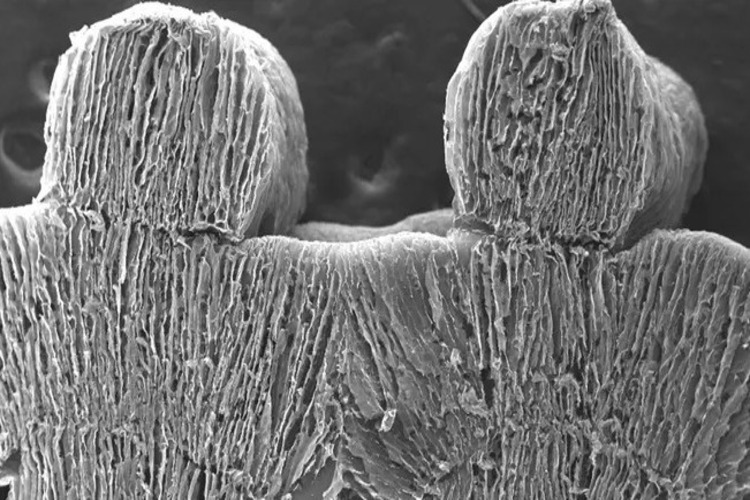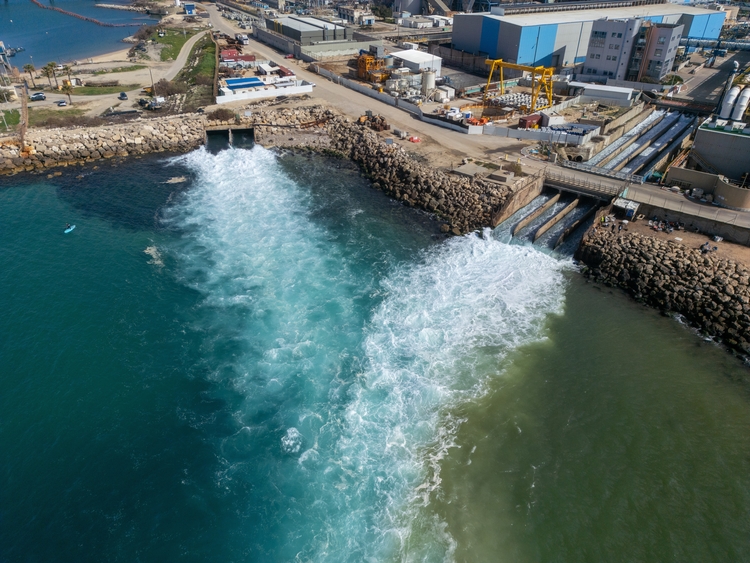
Sponge-like material filled with air pockets can transform saltwater into freshwater using the sun, supporting sustainable desalination
By
Around 97 per cent of the planet’s water is saltwater. Most of the remaining three per cent is locked within glaciers and ice gaps, leaving humans with a relatively meagre proportion available for drinking purposes. While desalination plants – facilities that remove salt from ocean water – can help produce potable water, their energy expenditure is significant and costly.
Enjoying this article? Check out our related reads:
Now, however, researchers have developed a sponge-like material able to utilise the sunlight and a plastic cover to transform saltwater into freshwater – increasing the quantity of safe drinking water available for humans to drink.
Previously, other scientists have created spongy materials that use sunlight as an energy source to remove unwanted chemicals from water. For example, a loofah-inspired hydrogel was successfully used to clean chromium-contaminated water. These materials, however, were composed of hydrogels – squishy and soft, liquid-filled materials that release clean water.
In comparison, the new material designed by scientists utilises aerogels instead. These are more rigid, containing solid pores able to transport liquid water or water vapour. However, aerogels traditionally experience a marked decrease in their performance as their size increases. That’s why researchers were keen to design an aerogel-based material that could overcome this obstacle.

To create the new material, scientists first made a paste containing carbon nanotubes – cylindrical-shaped microscopic molecules with high strength – along with ultra-fine cellulose fibres, a major component found in plants. This paste was then 3D-printed onto a frozen surface, allowing each layer to solidify before the next was added. In doing so, researchers created a sponge-like material with small holes inside.
A simple test revealed the success of the sponge material. Placing it inside a cup containing seawater, topped by a curved, transparent plastic cover, researchers then waited for sunlight to heat the material. The process caused water to evaporate – without the salt – into water vapour. This collected on the plastic surface, eventually moving the now clean water to its edges, where it dripped into a funnel and container below the cup. Following six hours in natural sunlight, the system created around 3 tablespoons of potable water.
‘Our aerogel allows full-capacity desalination at any size, which provides a simple, scalable solution for energy-free desalination to produce clean water,’ said researcher Xi Shen.
Is desalination climate-friendly?
While this new material offers a more climate-conscious alternative, traditional desalination can be majorly disruptive to ecosystems and the surrounding environment.
A by-product of industrial-scale desalination is toxic brine, a material which can degrade coastal and marine ecosystems unless treated. For every litre of potable water produced, around 1.5 litres of liquid polluted with chlorine and copper is produced. Once pumped back into the ocean, this waste material can decrease the oxygen content in water, leading to conditions known as hypoxia that can be fatal to a plethora of organisms.
According to a 2018 UN study, there are now almost 16,000 desalination plants across 177 countries, producing enough freshwater to rival almost half the average flow of Niagara Falls. Demand for potable water is only likely to increase as the population grows.
For a more sustainable future, it is imperative that desalination methods evolve and that toxic brine is appropriately managed and disposed of.




